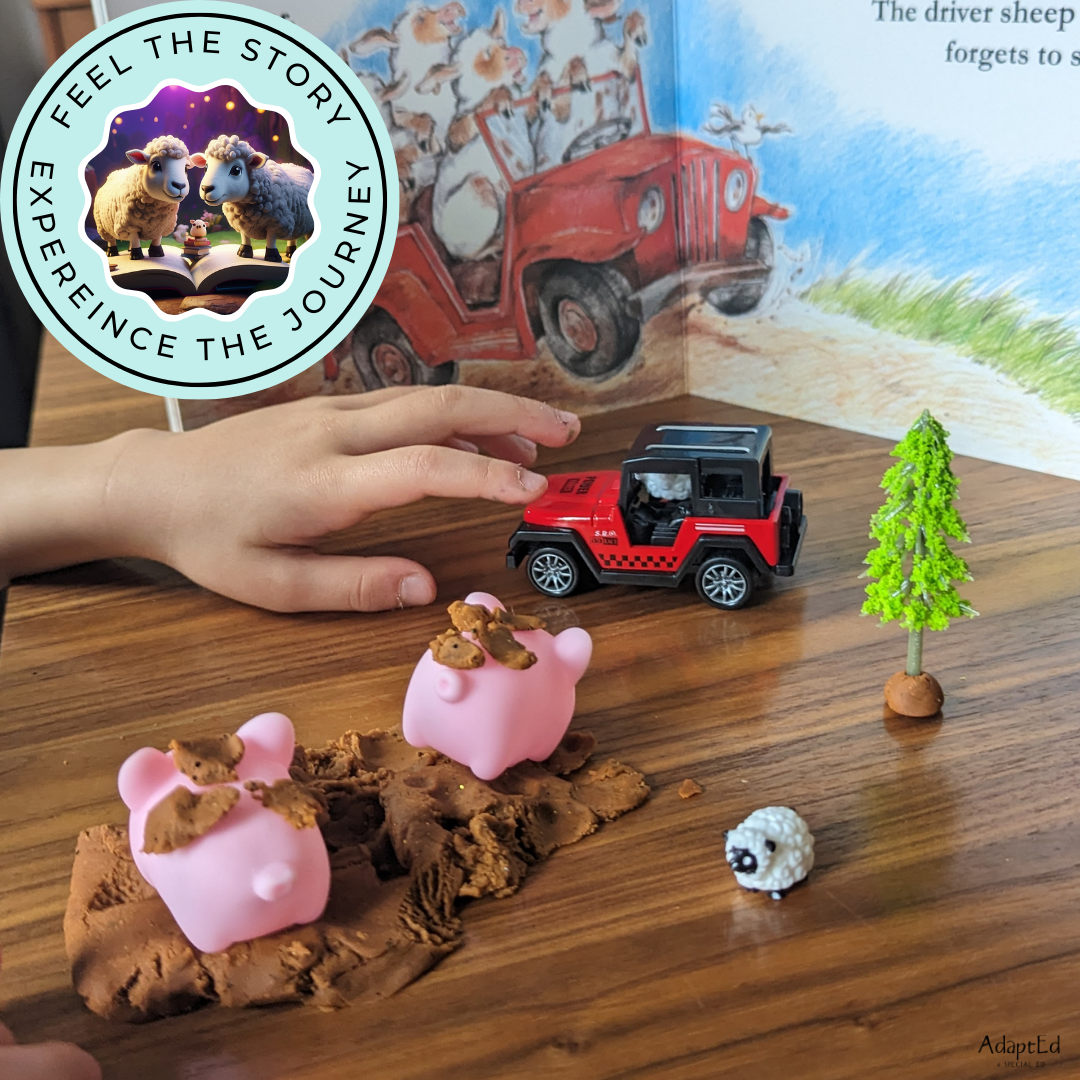How Multi-Sensory Learning Supports Neurodiversity
In an educational landscape that is increasingly appreciating the varied ways people think and learn, the concept of neurodiversity has come to the forefront. Neurodiversity recognizes the differences in brain function and behavioral traits as a part of normal variation among humans. This perspective understands that individuals with autism, ADHD, dyslexia, and other neurodevelopmental conditions have unique strengths and perspectives to contribute. To support this variety of learners, multi-sensory learning has emerged as a valuable educational approach, as it engages more than one sense at a time, paving multiple pathways for comprehension and information retention.
The Power of Multi-Sensory Design in Education
Multi-sensory design is an innovative approach to education that can transform the learning experience for neurodiverse individuals. By stimulating multiple senses, such as visual, auditory, and kinesthetic, learning materials can cater to diverse learning needs and preferences, assisting students in finding their own paths to understanding and retaining new information.
Understanding the Role of Timing in Multi-Sensory Integration
Each individual processes information at their own pace, which makes it essential to consider timing when integrating multi-sensory elements into learning. For some learners, especially those who experience challenges with temporal processing, engaging multiple senses at the right time can make all the difference in creating an accessible and effective educational environment.
Embracing Inclusive Sensory Ethnography
An inclusive sensory ethnography acknowledges the unique sensory experiences of neurodiverse individuals. By taking into consideration how each student might perceive a learning environment differently, educators can design more inclusive and rich educational experiences that avoid the shortcomings of traditional teaching methods.
Tailoring Multi-Sensory Techniques for Specific Learning Needs
For individuals with specific learning difficulties, such as dyspraxia, multi-sensory techniques can be particularly beneficial. Regular and intensive application of these techniques in both the classroom and at home can help create a firm foundation for learning and skill development.
The Advantages of Multi-Sensory Environments and Stim Kits
Tools like stim kits can provide valuable sensory experiences for neurodiverse learners, including those with autism. These kits not only offer educational benefits by engaging different senses but can also provide comfort and stress relief, making learning a more enjoyable process.
Control Within Multi-Sensory Learning Environments
Giving neurodiverse learners, particularly those on the autism spectrum, control over their sensory environment can result in better behavioral and learning outcomes. When students can manage the type and intensity of sensory inputs they're exposed to, they can focus more effectively and participate more actively in the learning process.
To explore how multi-sensory learning can be used outside the classroom to engage learners of all kinds, consider our Multi-Sensory Storytelling Kit. This resource seamlessly blends visual, tactile, auditory, and kinesthetic elements, ensuring every learner can connect with stories and content in their own unique way.
Looking Forward to an Inclusive Educational Future
Incorporating multi-sensory learning techniques into the broader framework of Universal Design for Learning lays the groundwork for truly inclusive education. A focus on neurodiversity-affirming pedagogy means recognizing and valuing the strengths of all students and tailoring instruction to meet a variety of learning needs and styles.
Embracing multi-sensory learning is about more than accommodating differences—it's about celebrating the unique capabilities and perspectives each learner brings into the educational experience. To integrate multi-sensory learning into your educational approach and support learners of all types, discover our Multi-Sensory Storytelling Kit and enrich the learning journey for every student.
The integration of multi-sensory learning with a respect for neurodiversity is not just a passing trend. It is an enduring and respectful method of engaging a variety of minds with education that is as enriching as it is effective.


